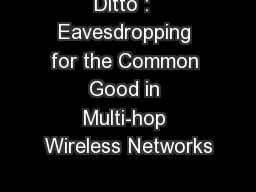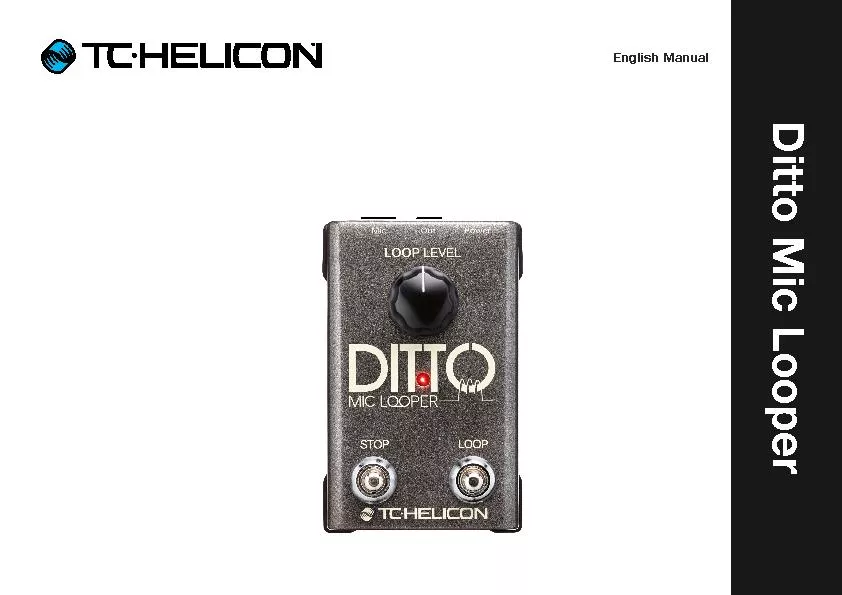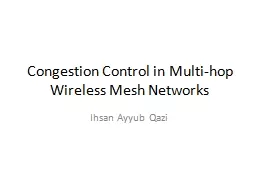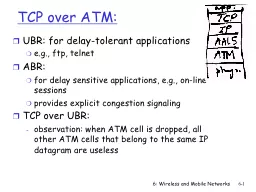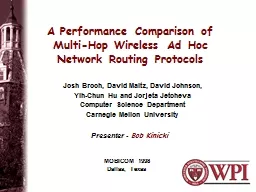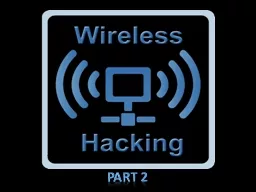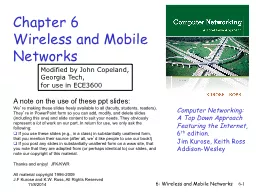PPT-Ditto : Eavesdropping for the Common Good in Multi-hop Wireless Networks
Author : pasty-toler | Published Date : 2018-10-04
Amar Phanishayee Fahad Dogar Himabindu Pucha Olatunji Ruwase Dave Andersen Carnegie Mellon University CMU Speaking Skills Talk Wireless Networks Wired Link Wireless
Presentation Embed Code
Download Presentation
Download Presentation The PPT/PDF document "Ditto : Eavesdropping for the Common Go..." is the property of its rightful owner. Permission is granted to download and print the materials on this website for personal, non-commercial use only, and to display it on your personal computer provided you do not modify the materials and that you retain all copyright notices contained in the materials. By downloading content from our website, you accept the terms of this agreement.
Ditto : Eavesdropping for the Common Good in Multi-hop Wireless Networks: Transcript
Download Rules Of Document
"Ditto : Eavesdropping for the Common Good in Multi-hop Wireless Networks"The content belongs to its owner. You may download and print it for personal use, without modification, and keep all copyright notices. By downloading, you agree to these terms.
Related Documents

